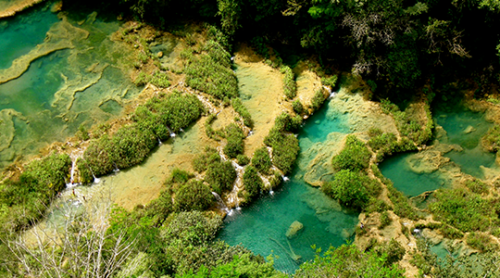First you will visit the post-classic Mayan City of Iximche, in Tecpan, Chimaltenango. The site’s name derives from the Mayan name of the Ramon tree (Brosimum alicastrum), from the words ixim and che, meaning literally “maize tree” This was the first city invaded and conquered by the Spanish and it was here that they formed the first capital of Guatemala.
| Availability: | Every day |
| Departure times: | 08:00 Hrs |
| Duration: | 5 hours |




Reviews
There are no reviews yet.